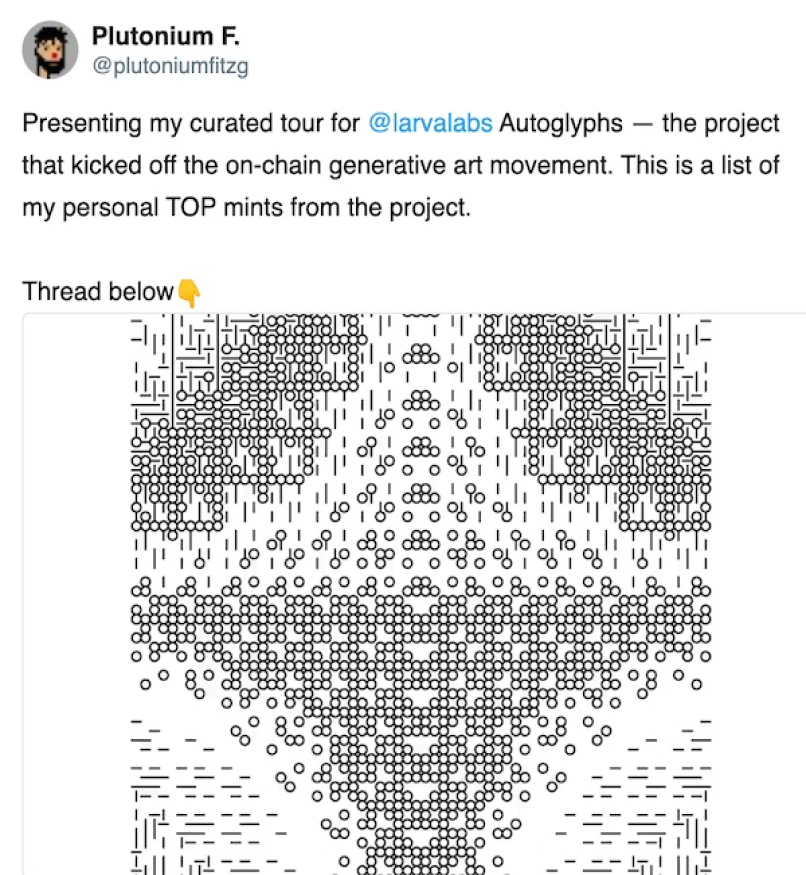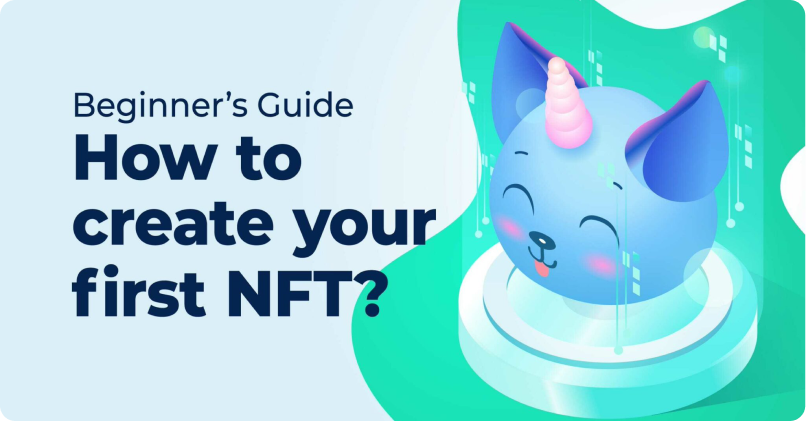Results for {phrase} ({results_count} of {results_count_total})
Displaying {results_count} results of {results_count_total}
NFTs are all over. Perhaps most famously, NFTs come in a broad variety of forms, and their value can vary dramatically. Naturally, NFTs are speculative assets – and their perceived value can fluctuate wildly – but there are some fundamental techniques to assessing values on NFTs. The first thing to do when assessing NFT value is to determine its category. For instance, when figuring out what determines the value of an NFT, you will need to look at a utility NFT differently than a music NFT. Moreover, purchasing a metaverse asset will not be the same as investing in a collectible. Each category will have questions that need answering before taking the plunge.
You’ll be ahead of the curve by digging into the different factors that determine NFT value. After all, most people buy on emotion. They’ll go “aping in” after reading some Twitter hype or seeing a recent price spike. This article will help you analyze NFTs objectively on a category-by-category basis.

Before buying NFT artwork, check out some of the artist’s other works and their background, not just the NFT in question. Visiting their website and social media channels is a good start. By learning the artist’s story, you can get a better idea of their creative process and what kind of longevity they have. It’s fun to discover a brand new NFT artist at the beginning of their career before everyone else has. On the other hand, you could inadvertently buy an NFT from a “flash in the pan” who doesn’t have the staying power to remain in the art game for very long.
An artwork’s aesthetics implies how much pleasure it brings to the audience. When considering aesthetics, look for things like content and visual harmony. Does the NFT artwork succeed in pleasing the viewer or offending them? Furthermore, an offensive piece of art is not necessarily a deal killer in specific genres, which leads to our next point.
To determine NFT value, you’ll want to figure out to which genre the artwork belongs. Is it generative art, conceptual art, or photography? Or is the NFT a digital representation of physical work like a painting? Figuring out which genre the artwork belongs to will help you understand its placement in the NFT art scene.

Are you ready to make your NFT? Check out our NFT coding tutorials here – and learn everything from NFT staking to nft minting website development!
Evaluating the scope means looking at whether the artwork is a one-off or part of a limited edition. What determines the value of an NFT? The size of the project is one factor. You’ll need to know if it’s one piece of art for sale or a limited edition.
In the traditional art world, a painter will create one original painting and then sell limited edition digital prints. If only 100 digital prints are available, they will be worth more individually than if the artist ran 1,000 copies. It works the same in determining NFT value. An NFT artist could continue creating a series of their work on an ongoing basis that could dilute its value. So, know the scope of the work before investing.
After studying this checklist, you’ll better understand what determines the value of an NFT, and you can apply the knowledge to other categories.
Markets can change quickly in crypto, and the volatility factor is an important one when it comes to understanding crypto crashes. Now that we’re in a trough, it’s essential to learn how to invest during a crypto bear market.
Here are some essential questions to ask when researching gaming NFTs.
One thing to look for is a team with accomplished designers and gaming veterans. People who’ve dedicated their lives to creating games will fare better in the marketplace than those who are jumping into the space to make a quick buck. Nevertheless, newcomers can appear seemingly out of the blue with an innovative project that no one has thought of before. So, it helps to look at both sides of the coin when determining NFT value in games.

Many NFT games will fit into a contemporary genre like sports or trading games, massively multiplayer online games (MMOs), or role-playing games. So, figure out where the project you’re analyzing fits in. Some games will be simple to build, while others will be more complex and take a great deal of time and effort to produce. Learn how to convert an NFT to an in-game item here.
You’ll also want to consider how the NFTs factor into the game itself. Moreover, figure out how the game developers use the NFT business model. Do they sell NFTs directly to users? If so, how many are they selling? Or are they relying on in-game revenues? Is their NFT business model sustainable or shortsighted? Remember, the game has to be exciting and playable. So, be wary of a team that’s more interested in selling NFTs than creating a great game. The two need to complement one another.
Factoring in what determines the value of an NFT, you should consider whether the game is even playable yet? Some projects start releasing NFTs to grow revenue before players can use their game. But, teams that have already built a playable game are championing a less risky project.
Factoring in what determines the value of an NFT, you should consider whether the game is even playable yet? Some projects start releasing NFTs to grow revenue before players can use their game. But, teams that have already built a playable game are championing a less risky project.